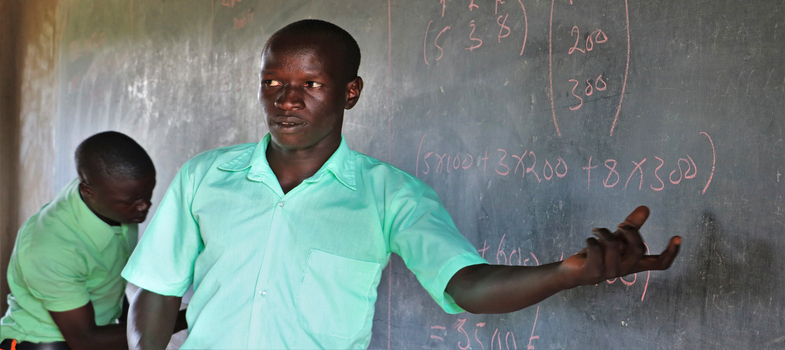Student portfolio
A student portfolio is a systematic collection of learner work and related material that depicts a learner's activities, accomplishments and achievements in one or more subjects. Portfolios allow for competence-based assessment by measuring the learner’s growth and development. Learners develop a sense of ownership about their portfolios and understand where they made progress and where improvement is needed. Contents of a learner's portfolio may vary with the level of the learner and the types of assignments given in class. Some examples are:
- Learner’s work (assignments, assessments, evaluations, score sheets, sample products, attendance sheets).
- Reflections, teacher observations, conference records, progress reports, worksheets, artefacts (poems, letter, reading logs and audio /videotape recordings, photos, sketches).
Steps and resources
- Decide together on the portfolio content, such as samples of learner's work, reflections, teacher observations and conference records, and agree on timelines.
- Develop assessment criteria and procedures to keep track of the learners’ progress.
- Plan for formal learner-teacher conferences as well as informal meetings in which progress is reviewed and discussed, and reflection encouraged.
Tip
- Ask your learners to develop their portfolio online (E-portfolio) using Padlet. Padlet is an application where learners can easily create a virtual pin board to hold resources and to showcase their work. Consult this example of an E-portfolio to get a better understanding of what an E-portfolio on Padlet looks like. Also, consult this written tutorial for guidance on how to create an E-portfolio using Padlet.
Tools/ Diagrams 2.3 Barriers in integrating Active Teaching and Learning
